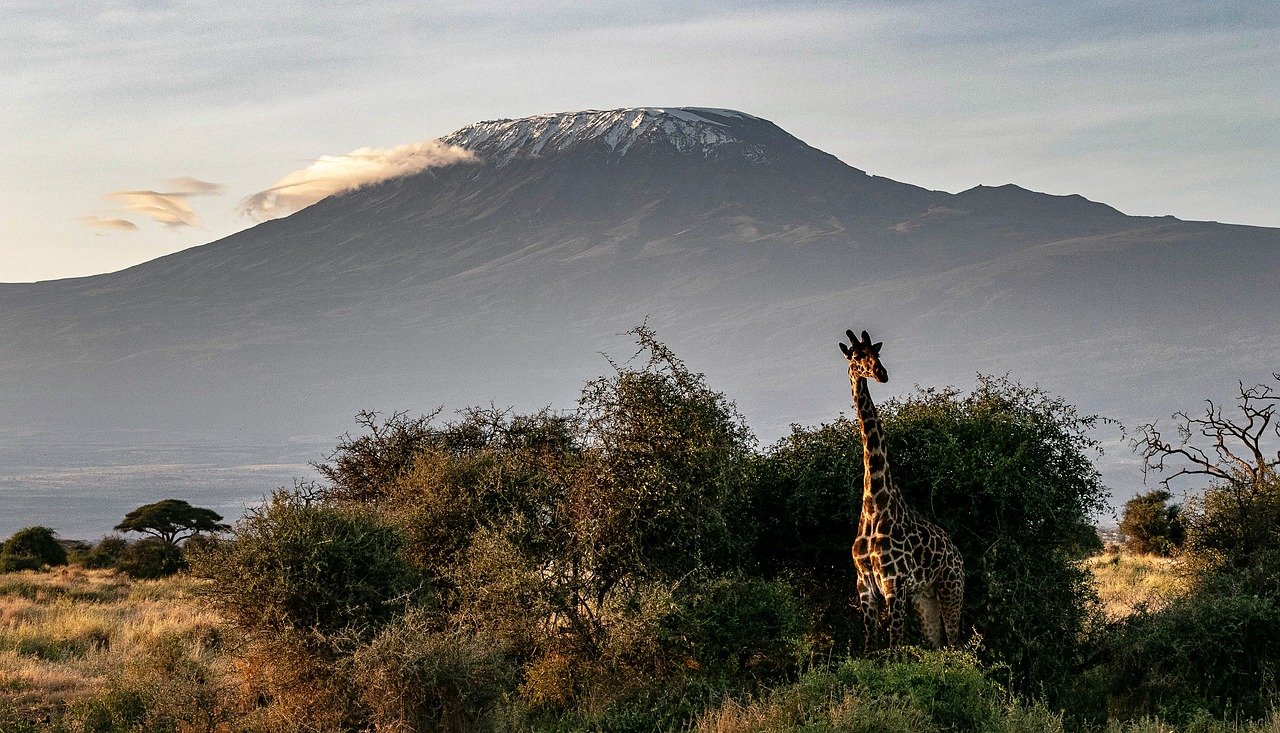The KiLi project – an incredible, wide-ranging eight year study on Mount Kilimanjaro of the effects of climate and land-use change on biodiversity, biotic interactions, and biogeochemical ecosystem processes – came to an end this year. A new publication summarizes its findings.
Published earlier this month, The KiLi Project: Kilimanjaro Ecosystems Under Global Change – Linking Biodiversity, Biotic Interactions and Biogeochemical Ecosystem Processes presents some of the most important results of the Kilimanjaro Project, a Research Unit funded by the German Research Foundation (DFG) from 2010 to 2018. The core objective of the Kilimanjaro project was to understand effects of climate and land-use change on biodiversity, biotic interactions, and biogeochemical ecosystem processes.
Throughout the course of this project, 65 plots (among them 13 focal plots) in 13 representative habitat types were established, covering the whole elevational and land-use gradient on the southern slope of Mount Kilimanjaro, as well as two experimental gardens. On these plots, researchers measured a broad range of abiotic and biotic parameters, ranging from temperature, precipitation, and biogeochemical processes, to the diversity of multiple taxonomic groups, their traits, and biotic interactions.
"The KiLi Project must be understood as a first approach to address the important research topic of global change – many thrilling questions are yet left to be investigated in the future. Kilimanjaro, with its unique elevational gradient and its array of different habitats ranging from pristine nature to 100 percent anthropogenically transformed areas, was and will be the ideal laboratory to address key questions for humans in a changing world." – Dr. Claudia Hemp, Dr. Andreas Hemp, and Prof. Markus Fischer, The KiLi Project.
Dr. Claudia Hemp of the KiLi project discusses the discovery of a rare whistling bush cricket in the foothills of Mount Kilimanjaro.
Read more: Hemp, C. et al (2018). The KiLi Project: Kilimanjaro ecosystems under global change: Linking biodiversity, biotic interactions and biogeochemical ecosystem processes.
Cover image by Herbert Aust.







